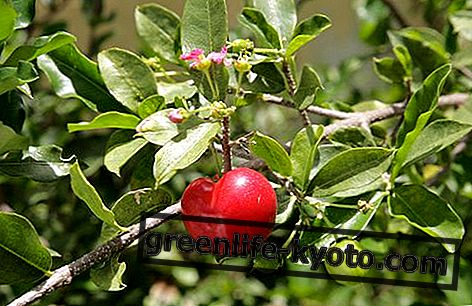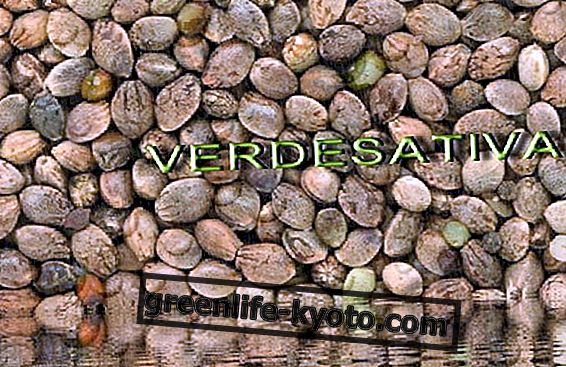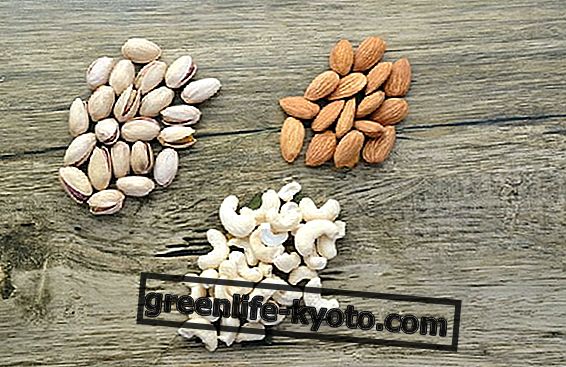The Sedum, scientific name Sedum telephium, is also known as "Herb of the Madonna". The sedum plant belongs to the Crassulaceae family, it is therefore a succulent plant, native to Europe, highly appreciated for its healing properties. Let's find out better.

Sedum properties
The sedum plant contains flavonoids, polysaccharides - the two main chemical constituents endowed with pharmacological activity - resins, mucilages, pectins and polyphenols.
The sedum is a plant much appreciated in herbal medicine and also in the medical field: the substances it contains give it healing, emollient, astringent, but also pain-relieving properties . Its strength lies precisely in the synergistic combination of the bacteriostatic, anti-inflammatory, antioxidant and re-epithelializing properties .
Fresh leaves are used externally as natural anti-inflammatories, to soothe sores or ulcers in the skin or mouth, abscesses, such as wound healing, boils, warts, calluses, burns, erythema and sunburn, cysts, fistulas, osteitis, mastitis .
Its topical application also favors the escape of subcutaneous foreign bodies.
Method of use
INTERNAL USE
It is used as an antiepileptic, for memory, as an astringent in the case of dysentery, sudorific and antiscorbic. The leaves can be eaten fresh in salads, moderately to avoid cases of intolerance.
EXTERNAL USE
The leaves are used fresh in direct contact with the part of skin to be treated. They can also be used as a poultice, in the case of abscesses or hemorrhoids for example, mixed with other herbs such as marshmallow and marigold. The lower film of the leaf is removed and applied directly to the part to be treated. Fresh leaves can also be frozen.
The herb of the Madonna, or sedum, among the healing herbs: discover the others

Contraindications of Sedum
Hypersensitivity to the components . Do not use in children under 12, pregnant women, breastfeeding or if you have serious illnesses.
Particular contraindications regarding external use may concern dermatitis which is kept under control with the suspension of the use of the preparation and with the application of a soothing ointment.
Description of the plant
The Sedum plant is a perennial succulent plant, of medium height and herbaceous appearance, with a few flat laminar-type leaves alternately placed. The flowers are dark red tending to purple. There are many varieties of sedum.
Sedum habitat
The sedum is a plant native to the cold and temperate areas - cold of Eurasia. In Italy it grows spontaneously on humid and shady hills, in uncultivated meadows, even stony mountain areas, on the edge of the woods and dirt paths.
It can also be grown in your own garden and use this plant when the need arises. You can even freeze fresh leaves, which are harvested in the summer, even better if in the months of July and August. The lower film of the leaf is removed and applied directly to the part to be treated.
Background
The name of the genus Sedum is defined by Linnaeus and could derive from the verb "sedeo" = "I sit" for the course of the plant, or from "sedare", "calm" in reference to some properties of the same.
As there are so many species, so are the many names that accompany the history of this plant: Madonna's grass, St. John's wort, telefio, borracina maggiore, pignola grass, callus grass and others.
Abroad, its English name is curious, Witch's Moneybags, the witch's coin holder. Popular tradition has it that the root was carried on as an amulet against hemorrhoids .
In Germany sedum is applied locally to tumors.













